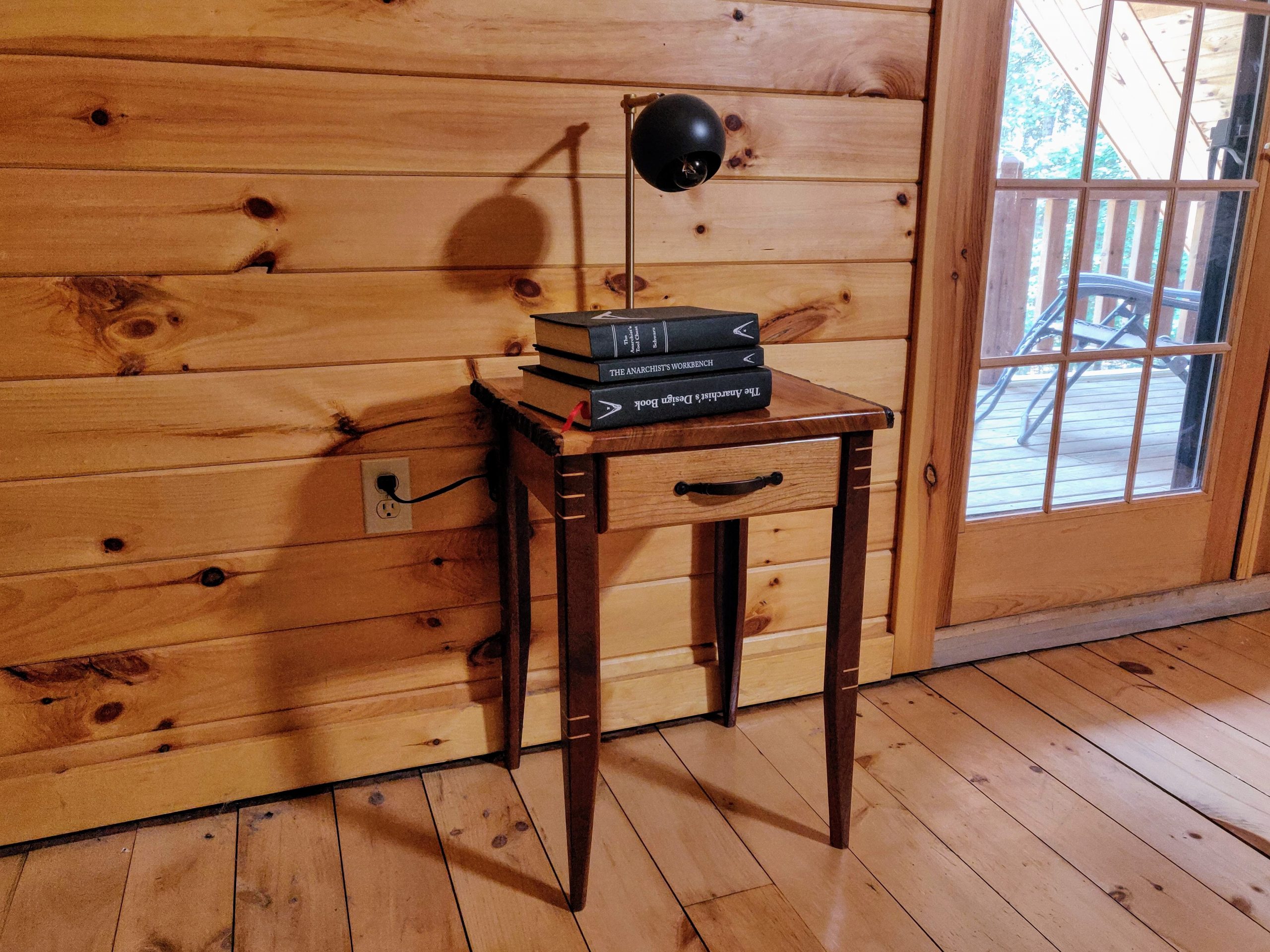This is Part 3 of Built to Last: A Reflection on Environmentally Conscientious Woodworking.
- Built to Last: A Reflection on Environmentally Conscientious Woodworking
- Part 1: I turned my woodshop into a personal solar farm.
- Part 2: Getting a handle on workworking chemicals, or sometimes we all need to vent.
- Part 3: Furniture as Revolution.
- Part 4: The best tool for the job is you
- A good joint is built to last: archaeologists uncover evidence for the earliest structural use of wood.
Small-scale DIY solar arrays are neat. Vigilance in chemical exposure risk is a valuable habit to develop. Selecting local materials and responsibly-sourced wood can ease your environmental burden while bolstering creativity. But these are not particularly paradigm-breaking expressions of an environmental ethic. It is the furniture itself that is the most profound manifestation of that ethic.
Creating a piece of functional, practical art that can last for generations is a radical departure from the current trend of disposable fast furniture made of particle board and held together with camming nuts, cheap dowels, and that one textbook that you can never read lest your bookcase collapses under its own precarious weight. Stores like Ikea have done an impressive job making attractive, modern furniture accessible and affordable, but it has done so at significant environmental costs.
Although fast furniture stores, and especially Ikea, have made huge strides in environmental compliance and sustainable production, their core business model is centered on the idea that furniture is disposable, that people want to “refresh” their living spaces every few years, and that the transience of fast furniture is part of its appeal. People want to go furniture shopping. Ikea gives you a reason to.
The life-cycle of fast furniture is grim. By design.
